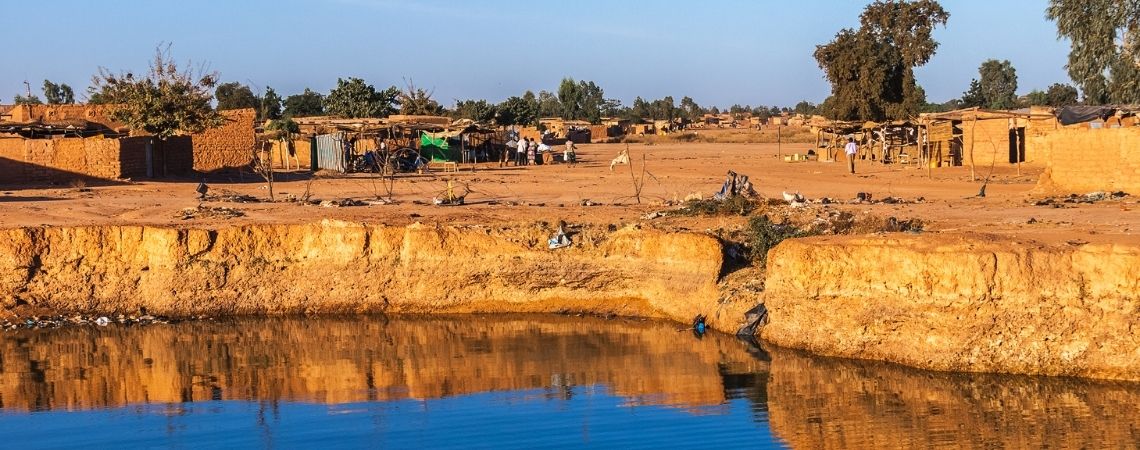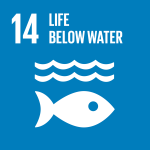
Burkina Faso is a landlocked country situated in the heart of West Africa. Four major watersheds mainly drain the country. The Nakambe River Basin is the most populated area. About 85% of national water storage capacity is held in reservoirs located on the Nakambe or its tributaries. Ouagadougou is almost entirely dependent on the basin’s surface water. Despite its importance, the Nakambe River is threatened by degradation and the combined impacts of climate change and human activities such as agriculture, deforestation and overgrazing. The “Climate Resilience in the Nakambe Basin” project will reduce the vulnerability of Nakambe river communities to anthropogenic climate change with a focus on strengthening the resilience of livelihoods and agro-ecological and hydrological systems to withstand additional climate stressors.
- District
- National Governments
- United Nations Development Programme (UNDP)
- Government of Burkina Faso
Expected outcomes
Outcome 1: Build capacity of the Directorate General for Nakambe Water Agency (DG-EAN) and communities on the use of climate & hydrological information/services for extreme climate risk management.
Outcome 2: Climate risk management and sustainable forestry practices adopted by smallholder farmers.
- Image

- Image

Barrier #1: The Nakambe River Agency and other relevant national actors have limited knowledge and means to generate hydro-meteorological information. There is a very limited observation network in sub-basin affected by drought & floods and the institution lack of available and historical data to produce and disseminate reliable information on flood/drought forecasting in the context of management of water resources. This result from inadequate investments into regional and local level capacity development for climate resilient information and decision-making systems. The spatial analysis of the vulnerability of exposed elements (populations and infrastructures), combined with analysis of potential socioeconomic impacts would allow for an assessment and a complete cartography of flood/drought risks.
Barrier #2: Inexistence of community disaster risks early warning system in the Nakambe Basin. The communities living in areas of high risk of extreme weather events are not sufficiently reached in term of prevention and response mechanisms. There is lack an efficient communications system at local level; language of communication – mainly in French, which a larger number of Mossi communities do not understand; a restricted type of media of communicating the information to stakeholders. The institution also lacks information communication experts to transform technically sound information to down to earth easily understandable messages that will catch the attention and interest of end users so that they can make use of the information and take remedial or adaptation measures.
Barrier #3: Weak resilience capacity of communities. Poor communities living in the Nakambe basin have very little knowledge of resilient farming methods (plant density, drought resistant varieties of local crops, suitable seed provision, mulch application, etc.), and low-cost water conservation/irrigation technologies in areas prone to diminishing or highly variable rainfall during crop growing season. In the basin Centre North region, a great percent of the population is rural and has subsistence agriculture as their main source of income. Therefore, subsistence and small scale (rain-fed) farming is the predominant feature and this includes both livestock and drylands crop farming with sorghum and corn as the main cereals. Natural disasters related to erratic climate conditions (e.g., extreme heat, alternating periods of drought and flooding) represent a strong handicap. A wide range of technical compounds these climate-related challenges and institutional constraints, including inadequate infrastructure, limited access to markets, market uncertainty, weak capacity of producer organizations, and lack of financing, poor sectoral coordination, and political instability.
Barrier #4: Increased risks on water availability caused by anthropogenic and climatic factors. Even though the per capita water availability of the basin may be perceived as normal, deforestation, land degradation, and high population growth rate coupled with climate change will exacerbate the growing scarcity on water resources as water supplies dwindle and become insufficient to meet the water demands of the growing population. As water crises are forecasted for the future, and meeting the water demands of the increasing population in the Nakambe basin is closely tied to understanding and the development of water resources in order to prevent their depletion in the face of climate change.

